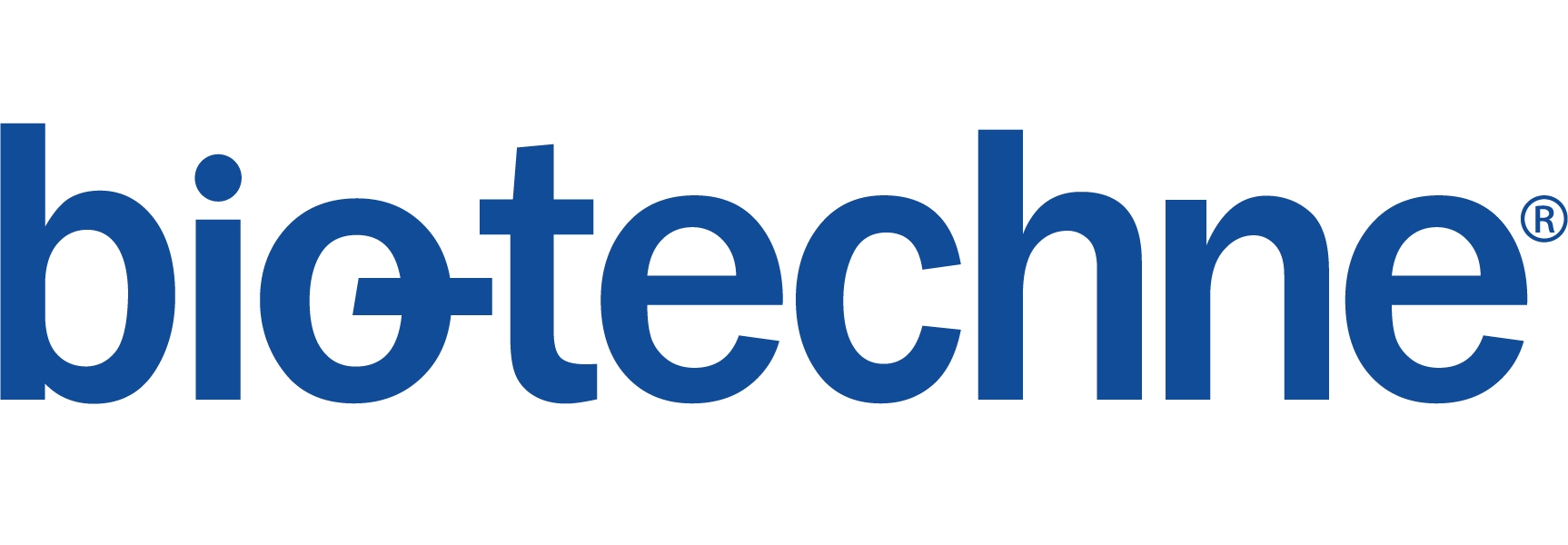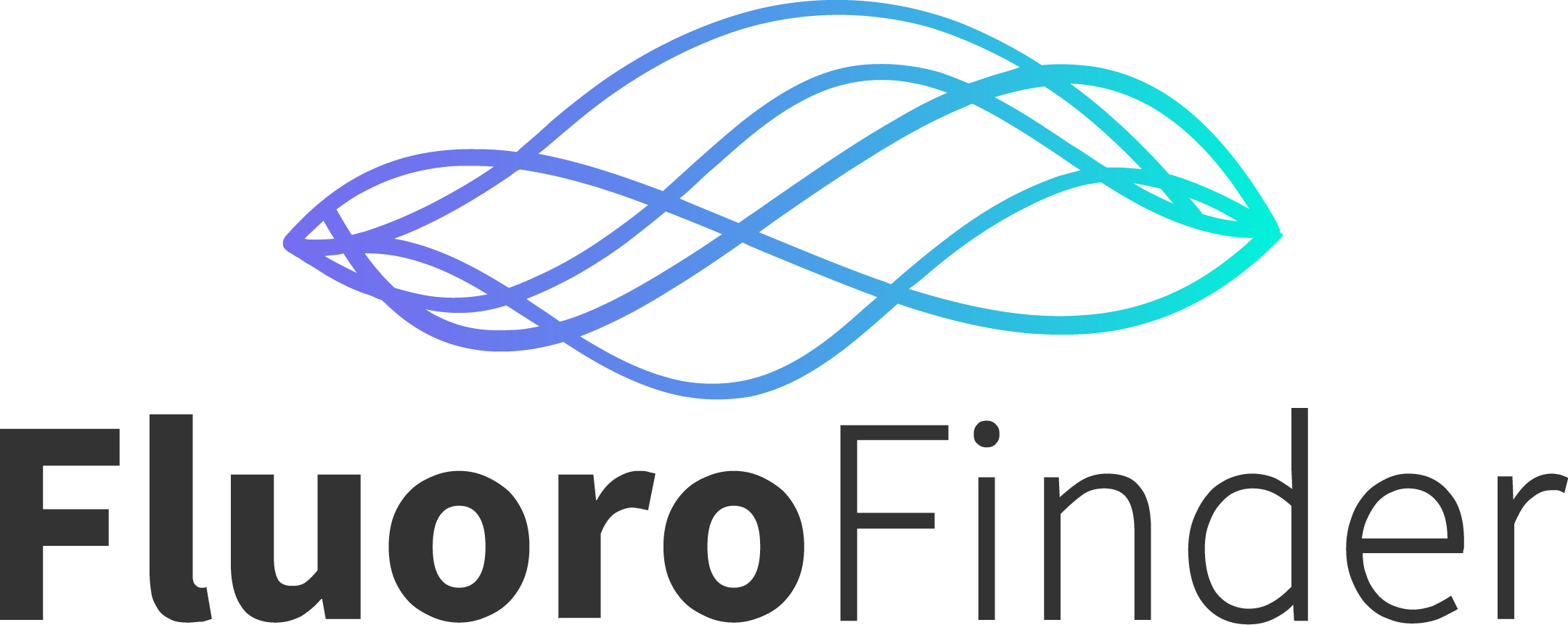-
GENE_NAME : CD1B
CD_NAME : CD1b
DESC: CD1B antigen; b polypeptide
OTH_NAMES: CD1CLONE_NAME ISO_TYPE SUBMITTER AVAILABLE_FROM M-T101 IgG1 Rieber BD Biosciences SN13 IgG1 Seon Thermo Fisher Scientific M-T101 IgG1 Rieber AbD Serotec SN13 Mouse IgG1 kappa EXBIO Praha -
CLONE_NAME ISO_TYPE SUBMITTER AVAILABLE_FROM 4A7.6 IgG2a Mawas 7C4 unknown Knapp 100-1A5 IgM Vilella F111-132 IgG1 Carriere F111-342 IgG1 Carriere F111-495 IgG1 Carriere M-T101 IgG1 Rieber BD Biosciences NU-T2 IgG1 Sagawa O249 IgG1 Boumsell SN13 IgG1 Seon Thermo Fisher Scientific WM25 IgG1 Bradstock M-T101 IgG1 Rieber AbD Serotec SN13 Mouse IgG1 kappa EXBIO Praha -
STRUCTURE
CD1b is a non-polymorphic type 1 integral glycoprotein with a similar structure to MHC class I molecules. CD1b is composed of a short cytoplasmic tail, a transmembrane domain and an extracellular region that contains 3 α domains.1-2 The α1 and α2 domains bind to the ligand.2 The α3 domain interacts with β-2 microglobulin forming a heterodimer. 2 The cytoplasmatic tail contains a tyrosine-based motif for adaptors binding. 2
- Kaczmarek R, Pasciak M, Szymczak-Kulus K, Czerwinski M. CD1: A Singed Cat of the Three Antigen Presentation Systems. Arch Immunol Ther Exp (Warsz). 2017;65:201-214.
- Zajonc DM. The CD1 family: serving lipid antigens to T cells since the Mesozoic era. Immunogenetics. 2016;68:561-76.
-
LIGANDS
Extracellular
CD1b can bind to mycolic acid1, sulfoglycolipids2, lipoarabinomannan3, phosphatidylinositol mannosides4, gangliosides5-6, phosphatidylcholine7, glycerol monomycolate8, glucose monomycolate9 and TCR10. It interacts with β-2 microglobulin in cis.11
Intracellular associate molecules
CD1b can be associated with AP-3, AP-2 and saposin C (in lysosomes).12-14
- Beckman EM, Porcelli SA, Morita CT, Behar SM, Furlong ST, Brenner MB. Recognition of a lipid antigen by CD1-restricted alpha beta+ T cells. Nature. 1994;372:691-4.
- Guiard J, Collmann A, Garcia-Alles LF, Mourey L, Brando T, Mori L, Gilleron M, Prandi J, De Libero G, Puzo G. Fatty acyl structures of mycobacterium tuberculosis sulfoglycolipid govern T cell response. J Immunol. 2009;182:7030-7.
- Sieling PA, Chatterjee D, Porcelli SA, Prigozy TI, Mazzaccaro RJ, Soriano T, Bloom BR, Brenner MB, Kronenberg M, Brennan PJ, et al. CD1-restricted T cell recognition of microbial lipoglycan antigens. Science. 1995;269:227-30.
- de la Salle H, Mariotti S, Angenieux C, Gilleron M, Garcia-Alles LF, Malm D, Berg T, Paoletti S, Maître B, Mourey L, Salamero J, Cazenave JP, Hanau D, Mori L, Puzo G, De Libero G. Assistance of microbial glycolipid antigen processing by CD1e. Science. 2005;310:1321-4.
- Shamshiev A, Donda A, Prigozy TI, Mori L, Chigorno V, Benedict CA, Kappos L, Sonnino S, Kronenberg M, De Libero G. The alphabeta T cell response to self-glycolipids shows a novel mechanism of CD1b loading and a requirement for complex oligosaccharides. Immunity. 2000;13:255-64.
- Gadola SD, Zaccai NR, Harlos K, Shepherd D, Castro-Palomino JC, Ritter G, Schmidt RR, Jones EY, Cerundolo V. Structure of human CD1b with bound ligands at 2.3 A, a maze for alkyl chains. Nat Immunol. 2002;3:721-6.
- Garcia-Alles LF, Versluis K, Maveyraud L, Vallina AT, Sansano S, Bello NF, Gober HJ, Guillet V, de la Salle H, Puzo G, Mori L, Heck AJ, De Libero G, Mourey L. Endogenous phosphatidylcholine and a long spacer ligand stabilize the lipid-binding groove of CD1b. EMBO J. 2006;25:3684-92.
- Layre E, Collmann A, Bastian M, Mariotti S, Czaplicki J, Prandi J, Mori L, Stenger S, De Libero G, Puzo G, Gilleron M. Mycolic acids constitute a scaffold for mycobacterial lipid antigens stimulating CD1-restricted T cells. Chem Biol. 2009;16:82-92.
- Moody DB, Reinhold BB, Guy MR, Beckman EM, Frederique DE, Furlong ST, Ye S,Reinhold VN, Sieling PA, Modlin RL, Besra GS, Porcelli SA. Structural requirements for glycolipid antigen recognition by CD1b-restricted T cells. Science. 1997;278:283-6.
- Gras S, Van Rhijn I, Shahine A, Cheng TY, Bhati M, Tan LL, Halim H, Tuttle KD, Gapin L, Le Nours J, Moody DB, Rossjohn J. T cell receptor recognition of CD1b presenting a mycobacterial glycolipid. Nat Commun. 2016;7:13257.
- Zajonc DM. The CD1 family: serving lipid antigens to T cells since the Mesozoic era. Immunogenetics. 2016;68:561-76.
- Sugita M, Cao X, Watts GF, Rogers RA, Bonifacino JS, Brenner MB. Failure of trafficking and antigen presentation by CD1 in AP-3-deficient cells. Immunity. 2002;16:697-706.
- Van Rhijn I, Ly D, Moody DB. CD1a, CD1b, and CD1c in immunity against mycobacteria. Adv Exp Med Biol. 2013;783:181-97.
- Winau F, Schwierzeck V, Hurwitz R, Remmel N, Sieling PA, Modlin RL, Porcelli SA, Brinkmann V, Sugita M, Sandhoff K, Kaufmann SH, Schaible UE. Saposin C is required for lipid presentation by human CD1b. Nat Immunol. 2004;5:169-74.
-
GENE_NAME : CD1B
CD_NAME : CD1b
As other members of the CD1 family, CD1b is expressed on thymocytes.1 Furthermore, it is also expressed on dendritic cells including interdigitating and dermal dendritic cells.2
- Reinink P, Van Rhijn I. Mammalian CD1 and MR1 genes. Immunogenetics. 2016;68:515-23.
- Dougan SK, Kaser A, Blumberg RS. CD1 expression on antigen-presenting cells. Curr Top Microbiol Immunol. 2007;314:113-41.
-
GENE_NAME : CD1B
CD_NAME : CD1b
CD1b, as other members of the CD1 family, is involved in the immune response by presenting self and non-self lipid and glycolipid antigens to T cells.1 CD1b participates in the presentation of sulfoglycolipids of Mycobacterium tuberculosis and wall polimers of Corynebacterium, Rhodococcus and Mycobacterium.1
- Kaczmarek R, Pasciak M, Szymczak-Kulus K, Czerwinski M. CD1: A Singed Cat of the Three Antigen Presentation Systems. Arch Immunol Ther Exp (Warsz). 2017;65:201-214.
-
GENE_NAME : CD1B
CD_NAME : CD1b
Cell marker
CD1b tetramers loaded with sulfoglycolipids can be used to identify sulfoglycolipid-specific T cells.1
- James CA, Yu KKQ, Gilleron M, Prandi J, Yedulla VR, Moleda ZZ, Diamanti E, Khan M, Aggarwal VK, Reijneveld JF, Reinink P, Lenz S, Emerson RO, Scriba TJ, Souter MNT, Godfrey DI, Pellicci DG, Moody DB, Minnaard AJ, Seshadri C, Van Rhijn I. CD1b Tetramers Identify T Cells that Recognize Natural and Synthetic Diacylated Sulfoglycolipids from Mycobacterium tuberculosis. Cell Chem Biol. 2018. pii: S2451-9456(8)30006-0.
Therapeutic
To our knowledge, no therapy targeting CD1b has been approved. Nevertheless, an antibody fragment that recognizes CD1b associated with a Mycobacterium tuberculosis glycolipid has been obtained recently.1 This fragment opens the possibility for future therapeutic studies on Mycobacterium tuberculosis. In addition, a vaccine with Mycobacterium tuberculosis lipids, which are ligands of CD1b, was able to induce protection against infection in a guinea pig model.2
- Camacho F, Sarmiento ME, Reyes F, Kim L, Huggett J, Lepore M, Otero O, Gilleron M, Puzo G, Norazmi MN, Rook G, Mori L, De Libero G, Acosta A. Selection of phage-displayed human antibody fragments specific for CD1b presenting the Mycobacterium tuberculosis glycolipid Ac2SGL. Int J Mycobacteriol. 2016;5:120-7.
- Larrouy-Maumus G, Layre E, Clark S, Prandi J, Rayner E, Lepore M, de Libero G, Williams A, Puzo G, Gilleron M. Protective efficacy of a lipid antigen vaccine in a guinea pig model of tuberculosis. Vaccine. 2017;35:1395-1402.
-
GENE_NAME : CD1B
CD_NAME : CD1b
GENERAL_INFORMATION
NCBI_NAME CD1B NCBI_OTHER_NAME CD1 SWISS_NAMES CD1B_HUMAN DESC CD1B antigen; b polypeptide LOCUS_INFO_LINKS
HGNC_LOCUS_TAG: 1635 ONLINE_MENDELIAN_INHERITANCE: 188360 NCBI_HOMOLOGENE: 129921 NCBI_MAP: 1q22-q23 NCBI_ENTRE_GENE_ENTRY: 910 GENE_SIZE: 3480 EN_GE_EN: MRNA_SEQ_LENGTH: 1295 PRCORENC: 46 to 1047 ENTREN: ENST00000368168 PROTEIN_LENGTH_NCBI_REFSEQ: 334 NCBI_REF_SEF_ENTRY: NP_001755 , 4502645 PROTEIN_LENGTH_SWISPROT: 333 ENSEMBLE_PROT_ENTRY: ENSP00000357150 PR_MO_WEIGHT: 36939 SWPROT_PROTEIN_ENTRY: CD1B_HUMAN , P29016 PR_SW_PR: 5.88 IPI_NUMBER: IPI00019849 NCBI_CONSV_DOMAINS: 4502645 ENSM_NUMBER: P29016







